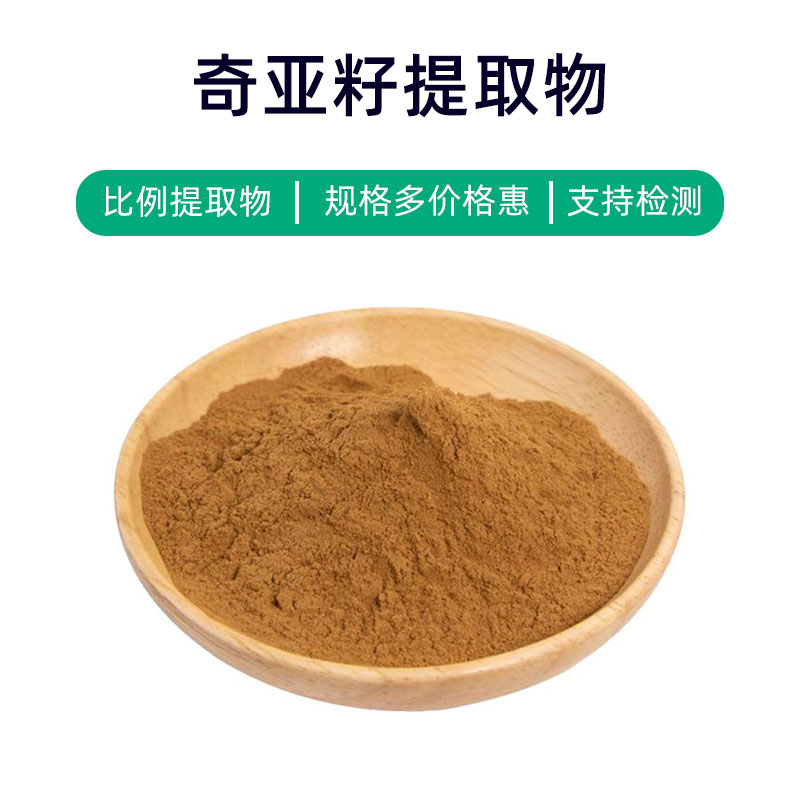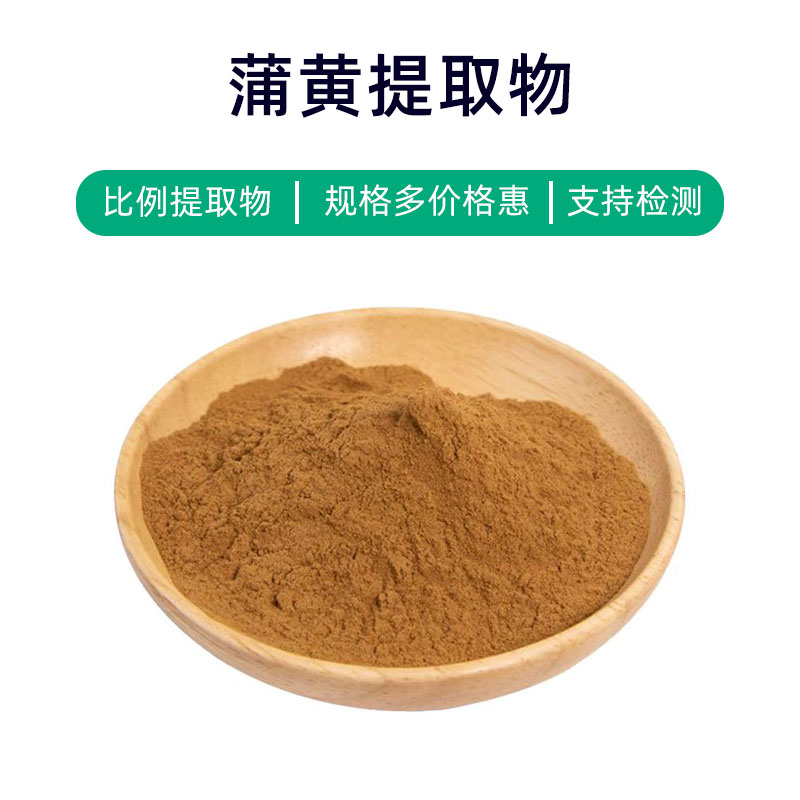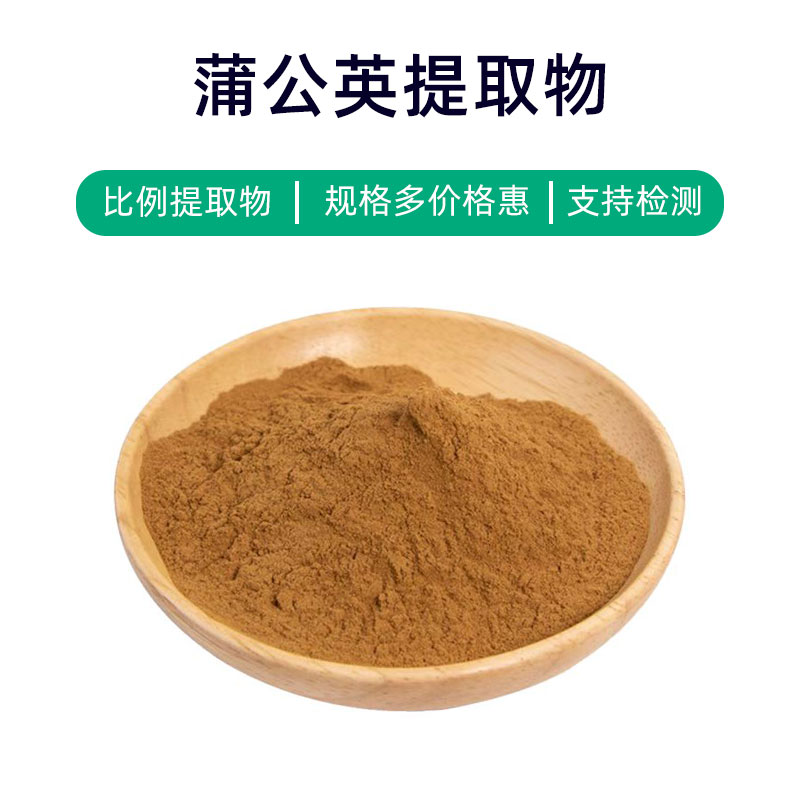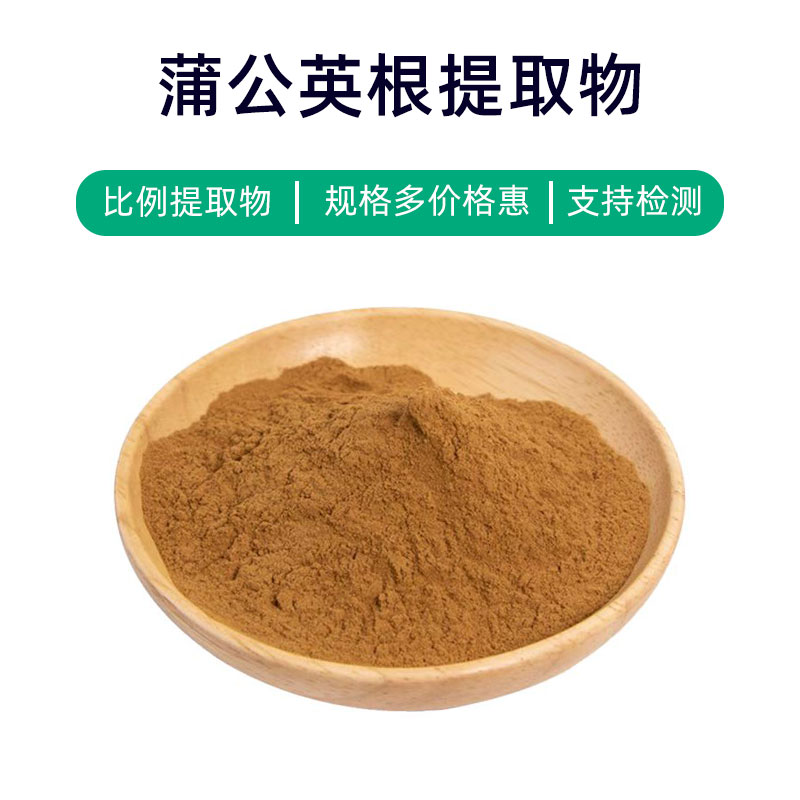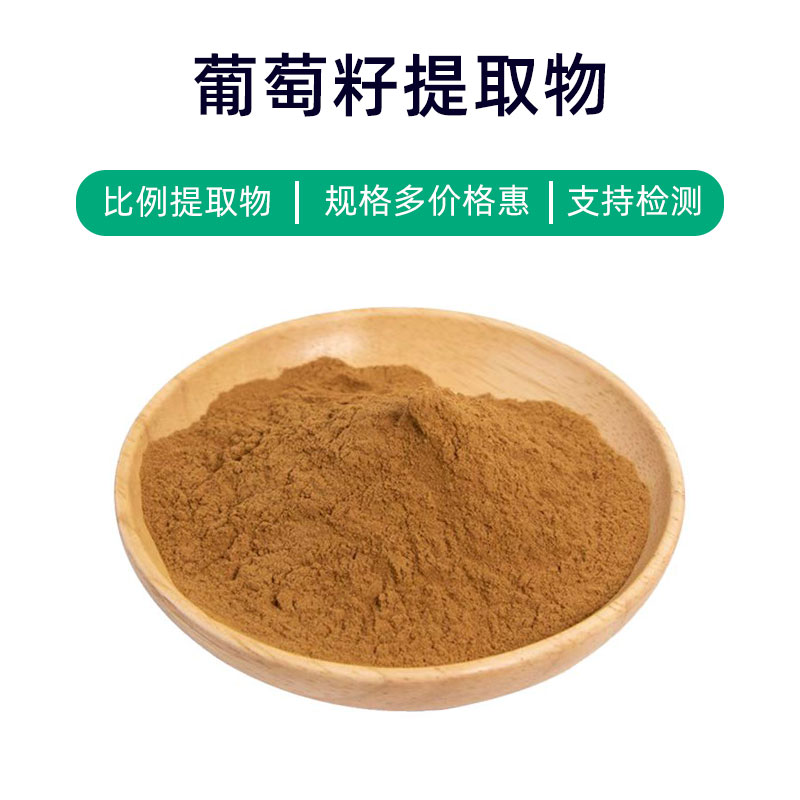Introduction to Tribulus Terrestris Extract
Tribulus Terrestris Extract is a natural plant extract derived from the Tribulus Terrestris plant, mainly composed of saponins, flavonoids, and polysaccharides. This extract is widely used in the fields of health supplements and sports nutrition products.
The main component, saponin, is believed to promote the secretion of sex hormones, which can enhance sexual function, increase libido, and improve sexual ability. Flavonoids have antioxidant and anti-inflammatory properties, aiding in fatigue reduction and immune system enhancement. Polysaccharides help regulate blood sugar and lipid levels, contributing to overall health.
In application, Tribulus Terrestris Extract is commonly used as an ingredient in health supplements, formulated into tablets, capsules, or oral liquids to improve male health, enhance sexual function, and boost athletic performance. It can also be utilized as a food additive to enhance nutritional value in functional beverages, nutrition bars, or protein powders. Overall, Tribulus Terrestris Extract is widely used in the health and food industries due to its multiple benefits.
Production Process of Tribulus Terrestris Extract
The production process of Tribulus Terrestris Extract typically includes the following steps:
- Raw Material Collection and Preparation: Fresh Tribulus Terrestris plants are collected and undergo preliminary cleaning and processing to remove impurities and external dirt.
- Extraction Step: The cleaned Tribulus Terrestris plants are crushed or ground, followed by extraction using appropriate solvents (such as water or ethanol). Extraction can be done using methods like room temperature soaking or heated reflux extraction.
- Filtration and Concentration: The extracted solution is filtered to remove solid particles and impurities, yielding a pure extract. Concentration is then performed using equipment (such as vacuum concentrators or spray dryers) to obtain a concentrated product.
- Refinement and Purification: Further refinement and purification of the concentrated material can be achieved using separation techniques like gel chromatography, gel filtration, or counter-current chromatography, removing impurities and increasing product purity.
- Drying and Milling: The purified extract is dried, typically using spray drying or vacuum drying methods, converting the extract into a powder form. The powder is then milled to ensure uniform particle size.
- Packaging and Storage: Finally, the milled extract is placed in sealed containers and labeled. It should be stored in a dark, dry, and cool environment to prevent exposure to sunlight and moisture, ensuring product quality and stability.
By following these production steps, a high-purity, high-quality Tribulus Terrestris Extract can be obtained for various applications.
Effects and Side Effects of Tribulus Terrestris Extract
As a natural plant extract, Tribulus Terrestris Extract has various benefits in the fields of medicine, food, and cosmetics. The main effects include:
- Antioxidant Effects: Rich in various antioxidants, like flavonoids and polyphenols, it can neutralize free radicals in the body, reduce oxidative damage, and protect cells from oxidative stress.
- Anti-inflammatory Effects: Research indicates that the active components in Tribulus Terrestris Extract possess anti-inflammatory properties, inhibiting the release of inflammatory mediators and alleviating inflammatory responses, showing potential therapeutic effects for inflammatory diseases.
- Antibacterial Effects: The extract contains multiple bioactive components with antibacterial properties, helping to inhibit the proliferation of bacteria, fungi, and viruses, aiding in the prevention and treatment of infectious diseases.
- Skin Protection Effects: Tribulus Terrestris Extract is beneficial for moisturizing, calming skin irritations, and repairing damaged skin tissue, commonly used in skincare products.
- Anti-aging Effects: Active components in the extract can promote collagen synthesis, improve skin elasticity and firmness, reduce wrinkles and fine lines, and delay the aging process of the skin.
- Anti-allergic Effects: Some components of Tribulus Terrestris Extract exhibit anti-allergic properties, reducing allergic reactions and alleviating symptoms like itching and swelling in allergic skin conditions.
- Digestive Promotion: The extract stimulates digestive fluid secretion and promotes gastrointestinal motility, improving digestive function and helping to relieve symptoms like indigestion and loss of appetite.
- Blood Sugar Regulation: Studies have found that the active components in Tribulus Terrestris Extract have a regulatory effect on blood sugar levels, potentially assisting in the prevention and treatment of diabetes.
Despite its numerous benefits, care should be taken regarding potential side effects during use. Some individuals may experience allergic reactions; thus, a skin sensitivity test is recommended before use to avoid adverse reactions. Additionally, prolonged or excessive use might lead to negative effects, so consultation with a doctor or professional is advised for safe and effective usage.
Application Scenarios and Dosage of Tribulus Terrestris Extract
Tribulus Terrestris Extract is widely applied in medicine, food, and cosmetics, serving various purposes and dosages. Here are its applications and dosages in different fields:
- Medical Applications:
- Purpose: Commonly used in traditional Chinese medicine for its heat-clearing and detoxifying benefits, relieving swelling and pain, and dispelling wind and dampness. It's often used to treat rheumatism and abscesses.
- Dosage: Typically formulated into medication types such as oral granules, oral liquids, or topical ointments. Dosage should be based on a doctor's recommendation, generally 3-9 grams per dose, taken 2-3 times daily for oral use, with topical applications as needed.
- Food Applications:
- Purpose: Used as a health food additive with antioxidant properties, enhancing immunity, and regulating blood sugar, suitable for various health products.
- Dosage: Generally used as an ingredient in health products, with typical dosages ranging from 20-50 mg daily, depending on product formulation.
- Cosmetic Applications:
- Purpose: Exhibiting antioxidant, anti-inflammatory, and antibacterial properties, it's commonly used in skincare products and shampoos, moisturizing skin and improving skin issues.
- Dosage: Can be added as an active ingredient in cosmetics, typically at concentrations of 0.1%-5%, based on product formulation and use requirements.
- Other Applications:
- Also used in biopesticides and veterinary medicine for its insect-repellent, antibacterial, and anti-inflammatory properties, with dosages varying according to specific products and purposes.
Overall, the application of Tribulus Terrestris Extract should be determined based on specific circumstances, following relevant regulations and standards to ensure safety and efficacy. In medical applications, it's advised to consult a healthcare provider for guidance; in food and cosmetic applications, ensure the products are compliant and follow the usage instructions.
Introduction to the Source Plant of Tribulus Terrestris Extract, Distribution, and Growth Environment
Tribulus Terrestris (commonly known as puncture vine) is a perennial herb belonging to the Zygophyllaceae family, widely distributed in temperate and tropical regions around the world. Here is a detailed description of the source plant of Tribulus Terrestris Extract, its distribution, and growth environment:
- Plant Characteristics:
Tribulus Terrestris is a perennial herb with a prostrate or upright growth habit. It has a well-developed root system, and its stems can either crawl or stand upright, with many branching structures and spiny protrusions. The leaves are pinnate, with leaflets that are elongated or oval with blunt teeth along the edges. The small yellow flowers bloom in clusters at the tips of the branches, featuring five petals and five stamens. - Distribution Range:
Tribulus Terrestris is found across all continents, mainly in regions including Asia, Europe, Africa, and Australia, covering areas such as China, India, Thailand, Pakistan, Turkey, Russia, the United States, and Australia. - Growth Environment:
This plant is highly adaptable, favoring sandy soils and thriving in roadside wastelands, grasslands, deserts, field edges, and coastal sandy areas. It has low soil requirements, is drought-tolerant, and can withstand saline-alkaline conditions, making it an excellent drought-resistant plant. It can grow at altitudes ranging from 0 to 2,500 meters and prefers warm, sunny, dry, and ventilated environments. - Growth Characteristics:
Tribulus Terrestris grows rapidly, exhibiting strong survival and reproductive abilities, and can thrive in harsh environments, multiplying in dry and barren lands. Often considered a weed, it possesses rich nutritional components and medicinal value, leading to its widespread use in medicine and health supplement production.
In summary, Tribulus Terrestris is a common wild plant with extensive growth environments and strong survival capabilities, adaptable to various soil and climate conditions, and thus has a rich distribution and numerous applications across different regions.
Processing and Storage of Tribulus Terrestris Extract
The processing of Tribulus Terrestris Extract mainly includes the following steps: First, fresh Tribulus Terrestris plants are collected; then they are cleaned to remove impurities. Next, the cleaned plants are crushed or ground to facilitate the extraction of active components. Subsequently, appropriate extraction techniques, such as water extraction, alcohol extraction, or supercritical fluid extraction, are employed to obtain the target components from the plants. Finally, the extract undergoes concentration, filtration, and drying processes to yield pure Tribulus Terrestris Extract.
In terms of storage, Tribulus Terrestris Extract should be kept in a cool, dry, and well-ventilated area, avoiding direct sunlight and high temperatures. To prevent moisture and mold, the extract can be placed in sealed containers with desiccants. Additionally, it should be kept away from harmful chemicals to maintain its quality and stability. Regular checks on the appearance and smell of the extract are essential, and any abnormalities should be addressed immediately.
Monica Sun is a seasoned expert in the plant extraction industry with over a decade of experience in research and production. She specializes in the extraction and purification of plant active ingredients, focusing on driving innovation in natural product applications. Monica has participated in the development of multiple functional plant extracts, delivering high-value natural raw material solutions for the health food, pharmaceutical, and dietary supplement sectors.









